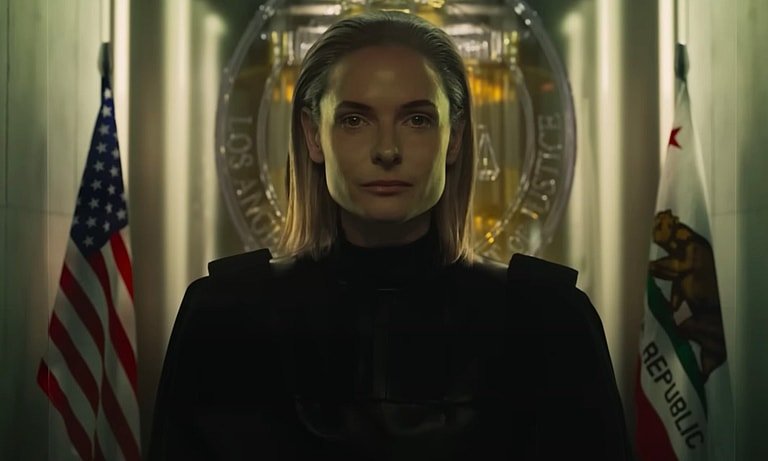Bad Education
/Sporting an unusual cast pitting Ray Romano alongside Hugh Jackman, among others, Bad Education is a new HBO offering reportedly based on the real occurrence of a superintendent from Long Island found to have embezzled millions of dollars over the length of his career.
The use of music here is simple, but auspicious nonetheless. Opening with a high-spirited baroque piece, a montage surveys the various surface-level successes Dr. Frank A. Tassone (Jackman) presided over circa 2003. The music is abruptly cut at 0:27—not by a cliché record scratch, but by the synchronized sound of an analogue camera shutter going off along with the door to Frank’s office opening. The revelation that Frank’s scheme has begun to unfurl carries a tension underscored by the relative silence of the scene, accompanied only by the subtle ticking of a clock in the background—usually a peaceful sound for an office or study.
At 0:39 we are clearly in the second half, with the roaring guitar of 1968’s “Hush” by Deep Purple leading the charge, with mostly descending chords synchronized with the critics’ title cards. This is followed accordingly with the actors’ titles, with some extra sound effects lending a little more gravitas. The chords follow a sequential pattern, a freewheeling vamp that never quite resolves, instead ending on the dominant chord.
“Frank’s gonna fix this,” the woman onscreen tries to assure herself as the music cuts out again, followed by Frank’s faltering smile. A cheering crowd and a bit more of the tune carry it out.
The two-part form makes sense for a trailer that focuses on a single genre—drama—and the effect of leveraging the surface-level connotations of baroque music and 60s rock is appropriate enough in terms of musically dramatizing the shock of large-scale fraud, highly suggestive of the sharp contrast between the kind of character Frank portrays, and actions which ultimately render judgement. Refreshingly, one is left to wonder much about exactly how that indictment occurs, and what else might lie in-between; this trailer gives relatively little away, leaving only the main plot points that can be found on the web, being as it’s based on a true story.
Sometimes, then, less is more—the pairing of two songs in a roughly minute-long cut provides exactly enough as a study of compare-and-contrast, summing up the essential pitch for the film in sonic form.
— Curtis Perry







